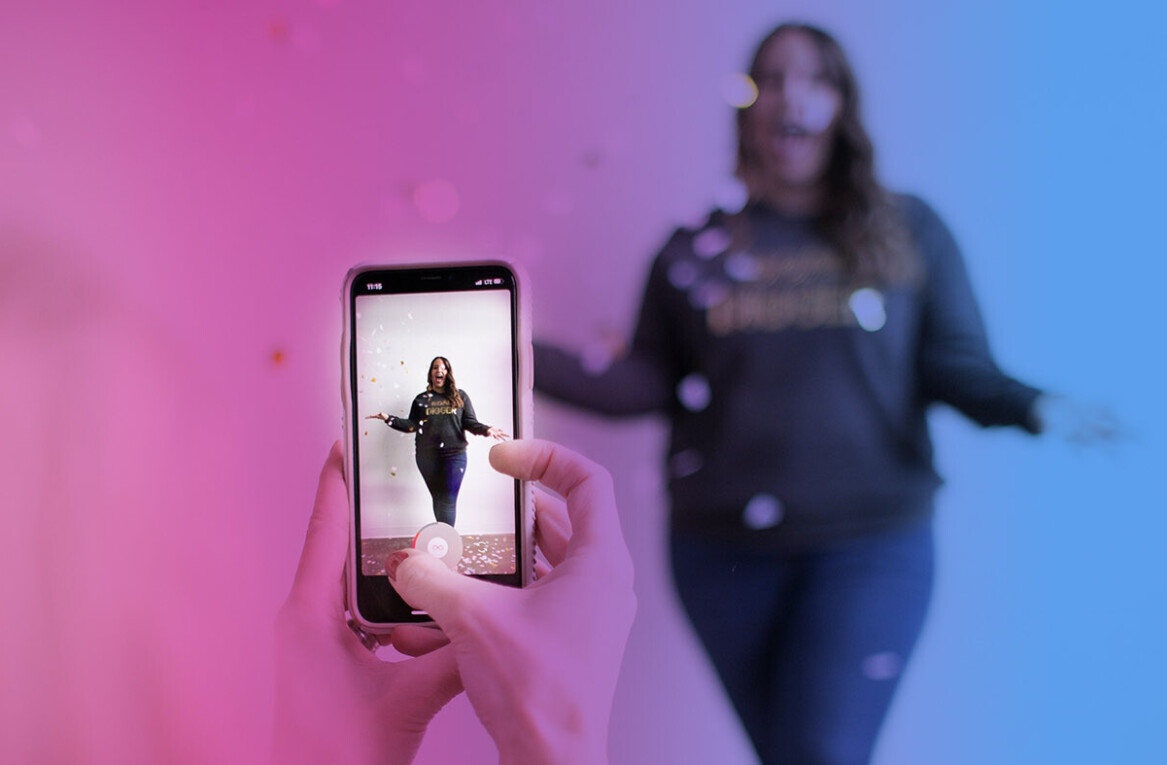
As the job market becomes increasingly competitive, there are ever more random lengths people will go to in order to secure a job or even get noticed by potential employers. A standard CV won’t really cut it these days, particularly if you want to get into the digital or media industry, where you have to prove your ability even in the way you apply for a job. We’ve put together some of the best job applications around, that provide interesting case studies on how people are reaching out to potential employers. Some of them are slightly more unusual (and dangerous) than others, but nonetheless inspiring and show the huge amount of untapped talent out there. There there may be some methods for acquiring jobs that we don’t recommend you follow – with Facebook’s recent hire of the Sony & Apple hacker being one of them (Please don’t do that to get a job), so check out some of the more ethical routes to acquire a job below:
1. The Google Search Resume
This has to be one of the coolest CVs ever. On his LinkedIn profile, Eric Gandhi had included his CV which had been mocked up to look like a Google search engine results page. An employee at Google spotted it and immediately recommended Eric for a job, which led to an interview. Though it’s not clear whether the interview resulted in a job, it’s a great example of getting creative in order to get noticed and showing that you really know your industry.

2. If in doubt, rent a billboard
Showing the lengths that some people will go to in order to get noticed, in Ireland the ‘jobless Paddy’ campaign got a huge amount of online coverage. A marketing graduate from Galway was disaffected with the job opportunities in Ireland and was faced with having to emigrate in order to find a job. As a last-ditch attempt, he hired out a central billboard with the tagline ‘Save me from emigration’. The billboard included links to his social profiles where you could find out more about his expertise or support his campaign, and the email address joblesspaddy@gmail.com. Just a few weeks into the campaign, he received countless job interviews and eventually landed a job with Paddy Power. The campaign cost him €2,000 in advertising costs, but you can bet it was worth it:

3. Clever use of Google Ads
In order to catch the attention of directors at top ad agencies, Alec Brownstein launched the Google Ad Experiment. He figured that if you’re the director of an ad agency, then you’re probably going to search for your name on Google now and then, to see what people are saying about you. He banked on this by buying Google ads against the names of these directors at his dream ad agencies, with a Google ad applying for a job and a link to his CV. The ingenious experiment landing him many interviews and a successful placement at one of the target industries:
4. Interactive Video
If you’re applying for a job at a social media agency, you’re going to have to work a little harder than sending in a standard CV. So that’s what Graeme Anthony did when applying for a role at We Are Social. Rather than sending in the normal cover letter and email, he created an interactive video that included YouTube annotations to encourage the potential employer to find out more about him. A cool video and a nice way to get noticed:
5. Don’t ask for a job at all
When looking for a job in programming, Andrew Horner decided to put an end to months of frustration and the standard application process, by creating the reverse job application. Instead of applying for jobs, he built a website that would allow employees to apply for him. The site is fairly cheeky and even includes an apology if you don’t hear back from him and lists ‘usually wearing clothes’ as a key skill. The site offers little to no information about Andrew Horner as a programmer, or any kind of employment history, and it worked. He took up a job offer at a young startup, and showed that sometimes turning something so standard completely on it’s head can work wonders.

6. Create a game
The celebrated games developer Tim Schafer, shared some of the lengths he went to when looking for work in the days before his success. Applying for a job at the games division of Lucas Film, he had a first round phone interview that didn’t go so well. So assuming that he had nothing to lose, he sent the followup application letter a little differently. Showing them what he was really capable of, he wrote and illustrated the storyboard of a gaming scenario, that showed him applying – and getting – the job at Lucas Film. The letter worked, and the game had a happy ending.

Get the TNW newsletter
Get the most important tech news in your inbox each week.





